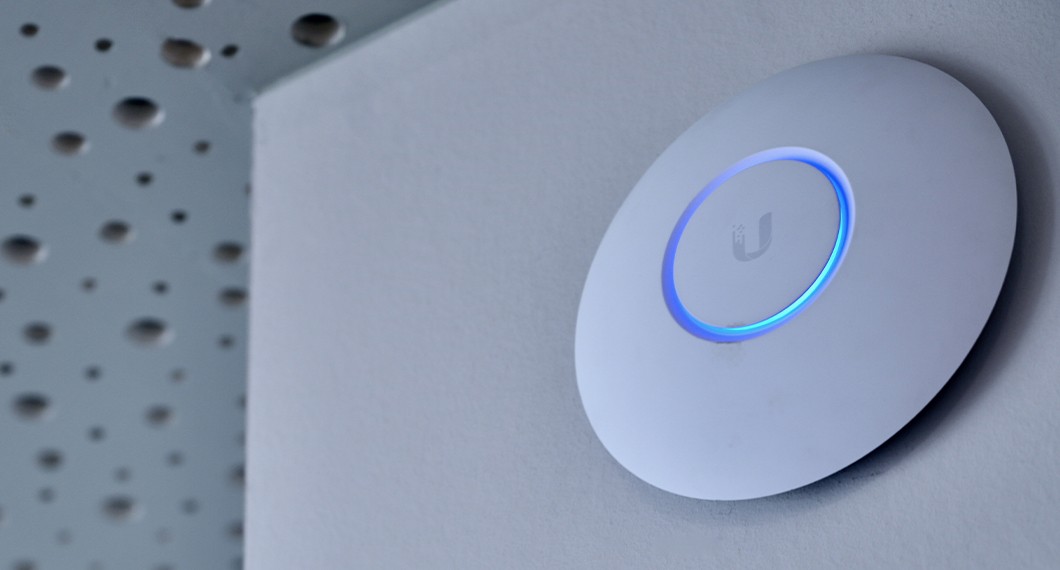
Redefining Category 6: Delivering 2.5 Gb/s and 90W of PoE Power to 200m
With the explosion of high-speed Wi-Fi and the Internet of Things (IoT), applications hopping on the existing copper cabling LAN network, Gigabit Ethernet became a serious bottleneck. The majority of today’s installed LAN copper cabling (Category 5e or 6) was designed for 1 Gigabit per second (Gb/s). Upgrading to 10 Gb/s Ethernet was the next higher data rate within the standards but that meant retrofitting to Category 6A, which would be an expensive option of “rip and replace.” (Note: Actually, before Category 6A was ratified, Category 6 was defined to support 10G, but distance was limited to 55m.)
In addition to requiring higher speeds for data, other devices that are now attaching to the IP network also require power (Power over Ethernet or PoE) over the same data cabling. Among these are security cameras, access control, digital signage and of course the biggest bandwidth hog - wireless access points (WAPs). PoE technology reduces installation costs and time by allowing power and data to run over a single twisted-pair cable. But running power with data also comes with additional challenges as temperatures may rise within the cable possibly degrading the data signaling. This is especially a concern when providing 90W (or more) of power as defined for devices classified as IEEE 802.3bt Type 4.
Another challenge for the IP networked devices is their location, such as in remote parking lots or expansive stadiums, which often exceed the Ethernet standards’ distance limit of 100m. Bandwidth, heat and distance have become major concerns for existing Category 6 which has pushed Ethernet to the limit. Luckily there is one cable that defies all limits and is verified to run higher bandwidth, high PoE and twice the distance − the GameChanger Cable™ from Paige.
Wi-Fi Drives 2.5 Gb/s and 5 Gb/s
Wireless technology continues to jump ahead as multi-gigabit Wi-Fi 6 and Wi-Fi 5 access points are being deployed pushing the bandwidths even higher. This increased performance capacity created a need for Ethernet rates higher than 1 Gb/s to run on existing cables.
Since the next copper cabling IEEE standard after 1 Gb/s was defined as 10 Gb/s (IEEE 10GBASE-T) and required Category 6A (or higher), IEEE published the 802.3bz standard (2016) for multi-gigabit Ethernet. This standard defined transmission of high speed and power for Wi-Fi 6 (802.11ax) and Wi-Fi 5 (802.11ac), while using existing Category 5e and Category 6 twisted pair copper cabling. In addition, multi-gig switching enabled 2.5 Gb/s and 5 Gb/s speeds on existing cables, which brought the potential to breathe new life into copper-based infrastructures, while expanding and improving Wi-Fi. This also provided the ability to add in high-bandwidth IoT capabilities as these evolve – without replacing the existing cabling plant.
In reality, the technology of IEEE 802.3bz is based on 10GBASE-T, but operates at a lower signaling rate. By reducing the original signal rate to one-quarter or one-half, the link speed could drop to 2.5 or 5 Gb/s, referred to as 2.5GBASE-T or 5GBASE-T or NBASE-T and MGBASE-T, respectively. To be able to run over the existing Category 5e and Category 6, the actual spectral bandwidth of the signal is also reduced, which helped lower the cable requirement from Category 6A. Therefore, using the IEEE 802.3bz standard, not only does it not reduce the cost of cabling, but also it can achieve up to five times the data transmission rate.
Pushing Beyond the Limits
This multi-gigabit Ethernet standards resolve the bandwidth and speed challenges, but the distance limitation was an additional challenge. Recognized options including adding another telecom room with additional active switches or utilizing a hybrid fiber/copper cable that can greatly extend the distance but will require media conversion at the device end. Both of these are costly solutions. Paige offers the best solution with GameChanger Cable™, a four-pair UTP cable that does it all – pushes the bandwidth limit to 2.5 Gb/s, doubles the distance, all while safely running 90W of power to the device. GameChanger is a 22 AWG UTP cable that allows those long-distance IP runs without additional electronics.
UL, an independent third-party lab, verified GameChanger’s ability to run data up to 2.5BASE-T and 90W of PoE out to 200 meters. UL primarily tests and inspects products primarily test for safety and specification. GameChanger was tested for specification under two different conditions – server to server and the other utilizing a pan-tilt-zoom (PTZ) IP-enabled security camera. GameChanger surpassed four separate tests that included: Test# 1: 1Gb/s connection @ 200 meters; Test# 2: 2.5Gb/s connection @ 200 meters; Test# 3: 10Mb/s connection @ 850 feet; and Test# 4: 802.3bt 90W PoE 1Gb full draw over 200m.
Earning UL’s verified mark demonstrates that Paige’s performance claim of GameChanger Cable has been verified through an independent repeatable assessment. It ultimately helps the end user as they have 100% assurance that the specification will match that performance. Once again, GameChanger is proven as the easiest and most cost-effective way to extend the network past the 100m limit with increased bandwidth and highest PoE with highest performance.

